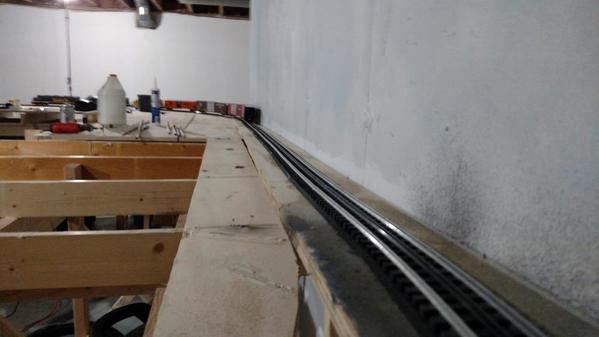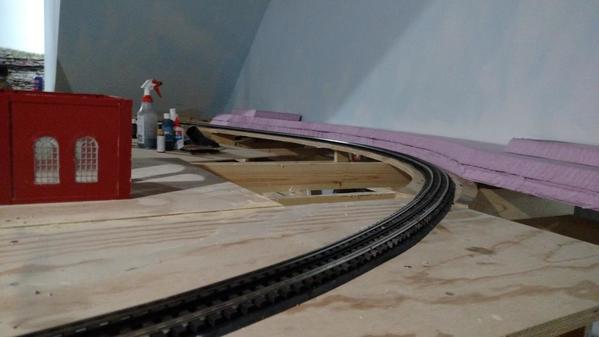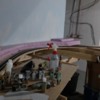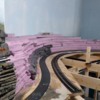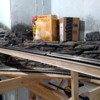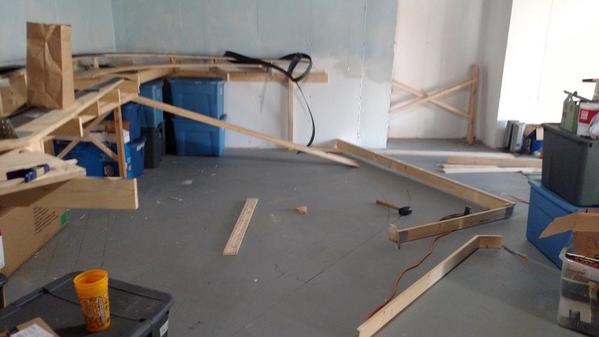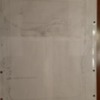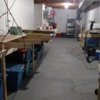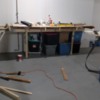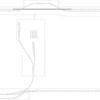Dave, Carl,
Thank you so much. Very helpful!
Opinions on the wyes - would it be better to use the two wyes on the double mains - or continue the double mains all the way around and use a double cross? I'm thinking double cross. More wood and track but can run two trai ns all the way around without issue.
The wyes provide a branch line. If you developed the branch accepting full cars and delivering to customers or picking up goods and bring to the main for transfer.
The doubles are nice with trains passing in opposite directions or a fast passenger sliding by a freight in the same direction looks good.
Real Estate: Using 4.5" track centers on the straights and easements into 5.5" centers on the curves, not much is needed for the double main. 10"-12". So, the rest of the deck width depends on the scenery. 20"-30". Building fronts or ends with street on road and sidewalk keep you around 20". Full buildings and such 24"-30" for a diorama.
So, vary the deck width and shape the edge. The corners will present a lot of real estate.
Somewhere in all of this, you a need a wye to turn around without the hand of JP81. A stop and back-up prototypical wye.
An add-on later could be a lower level staging yard. Up and down on the sides to pink wall land and a six track staging yard 24" wide using RCS curved switches for the throats. 6 tracks 20 feet long. See a recent post by forum member Jan. (About a $1500 dollar project) The top version in the attached photo is it. very nice!
Ok, so much for opinions, I'll end here.





